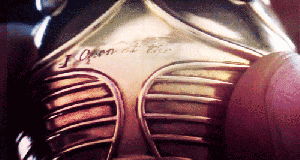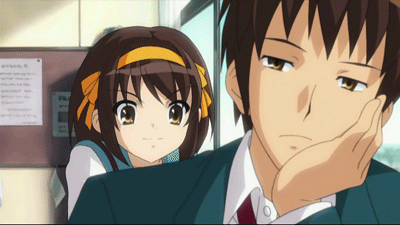A look at characters I love, loathe, or a little of both.
I’m really excited about this semi-regular feature because I’m a character snob. I love writing them, crafting their flaws and fears and desires. I love talking about characters that frustrate and fascinate me, and my first pick is someone who I loved getting to know but apparently other didn’t feel the same way.
Pointe is my new go-to recommendation for the year. It’s well-written, with Theo narrating brilliant descriptions like
Bryn Davenport. Cardigans and khaki skirts during the day, most likely to vomit up a fifth of vodka on any given weekend. I held her hair once. It wasn’t so bad. She’s a polite drunk. She must have thanked me fifteen times while we sat on the floor of Victoria Martino’s bathroom.
See? That right there is a clever, authentic voice. It tells you everything you need to know about Bryn, but it also gives you a peek into Theo’s world: she goes to parties and she’s nice enough to hold someone else’s hair back. In girl world, those can be mutually exclusive.
Theo is in recovery for the span of the novel. That’s not a spoiler, by the way – many people with eating disorders are in a constant state of recovery. Theo’s world is rocked by the return of her best friend Donovan, abducted three years ago. Theo wrestles with her own demons, including the fact that Donovan’s abductor may not be as much of a stranger as everyone thinks.
Theo has added pressure in the form of her passion: ballet. As she describes in the book,
I’ll keep training as hard as I can, become such an amazing dancer that the companies will have to judge me based on my talent instead of my skin color. I want to be the best, plain and simple.
Theo pushes herself, sometimes too far – prior to the events of the book, she had to go to a facility for counseling. One of the first things you learn about her is that she doesn’t want to go back there, and she’s constantly thinking about how her eating behaviors look to everyone else.
Theo’s dreams and secrets are a heavy burden. We see her hit high and low points throughout the novel. Some of her choices made her unlikable and “annoying” to some readers – and beware, the review in particular contains tons of spoilers – but I found that I was able to connect with her in ways I can’t with other characters. Her honesty is painful and raw, but it can’t (and shouldn’t) be ignored.
Theo is a work in progress, and we see her resilience chipped away and rebuilt by a range of forces. Despite some of the events of the novel, Theo never feels like a victim.
I highly recommend Pointe, if only so you can come back here and chat with me about Theo!
Which characters do you love, loathe, or a little of both lately?
Follow me on
Bloglovin’ | Ello | Twitter | Google+ | Goodreads | Instagram | Pinterest







